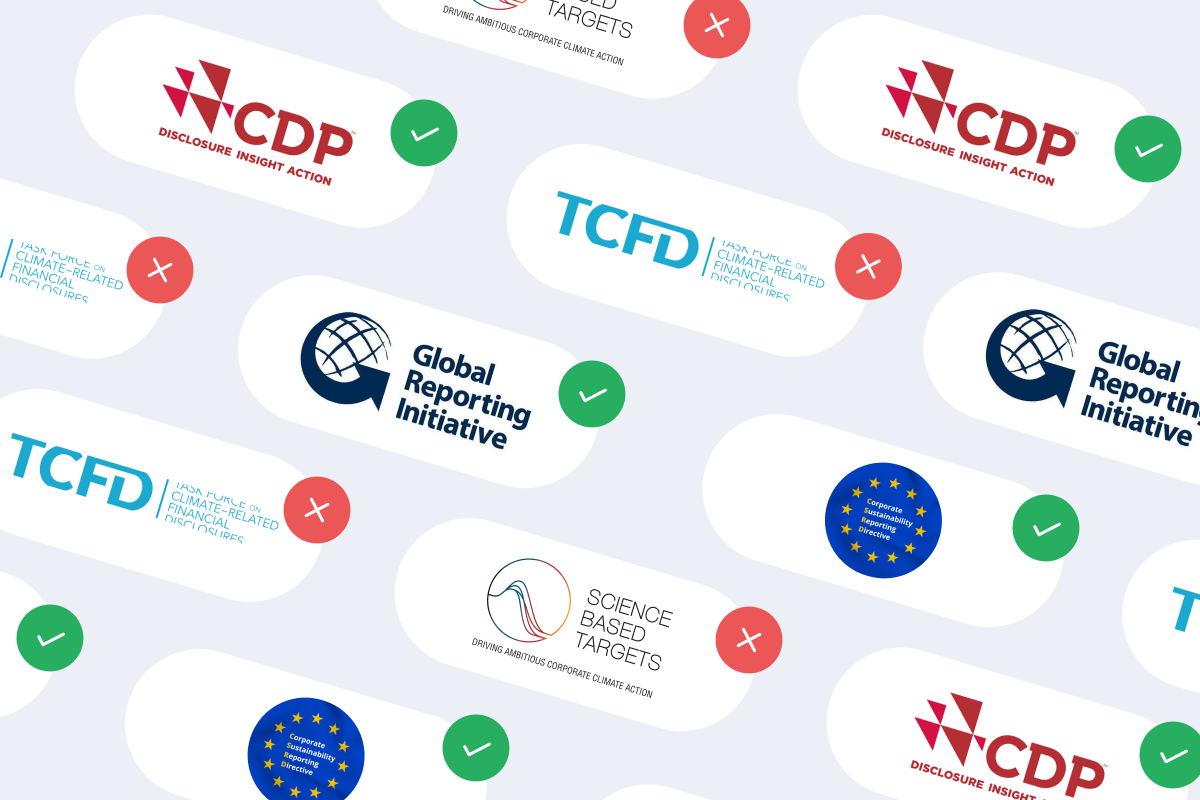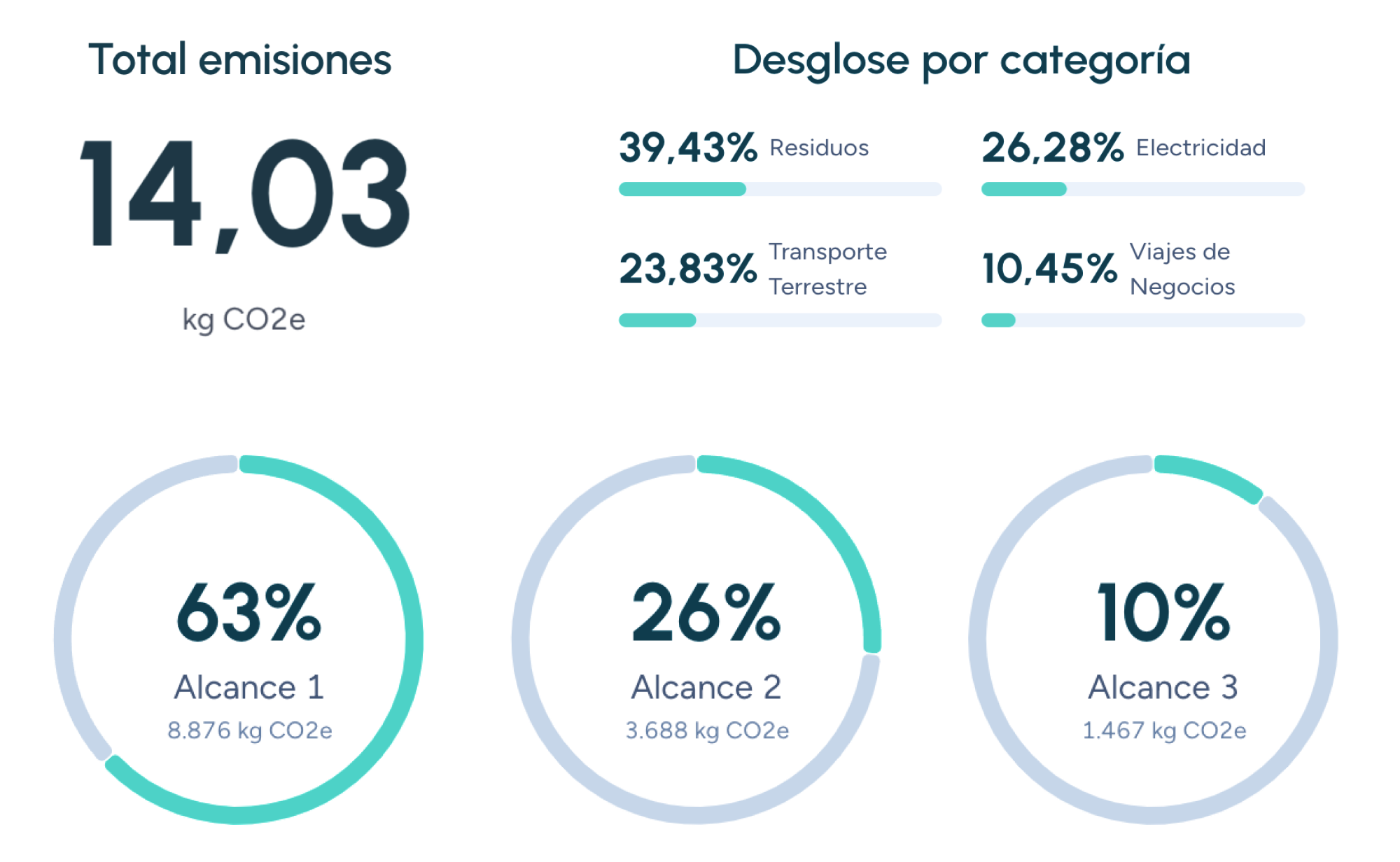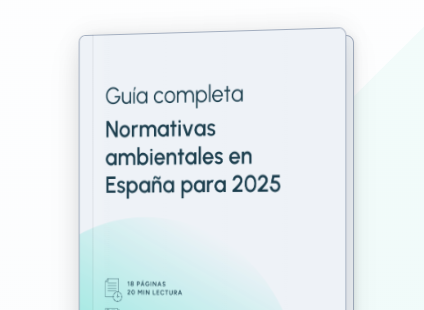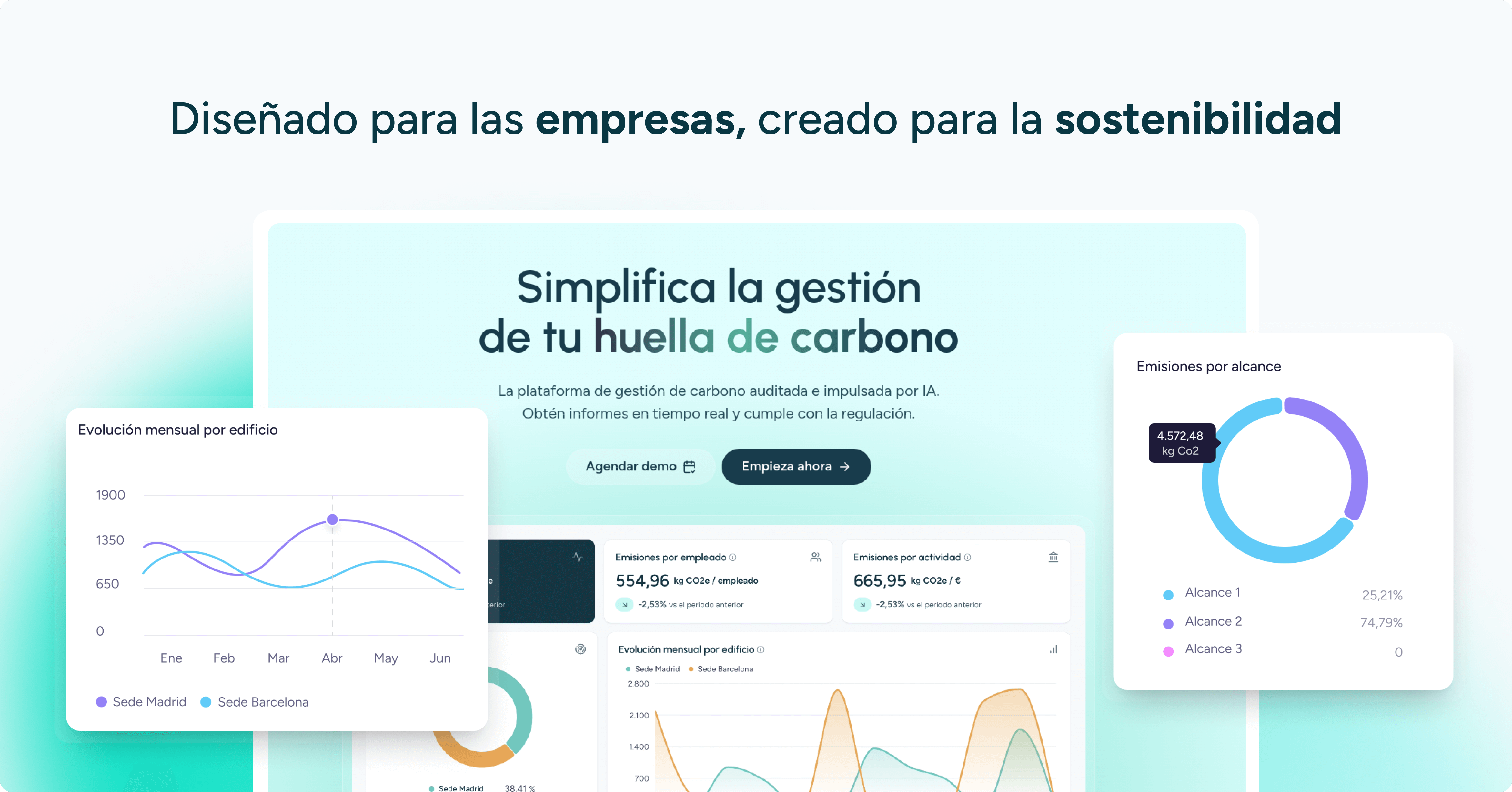Product Decarbonisation
Product decarbonisation consists of reducing or eliminating the GHG emissions associated with a product’s life cycle, covering materials, processes, logistics, use and end-of-life. It is a key pillar for achieving corporate and national net-zero targets.
Decarbonisation Levers
- Ecodesign and material optimisation.
- Renewable energy in manufacturing.
- Substitution of high–embodied-carbon inputs.
- Use-phase efficiency: energy-efficient products.
- Recyclability and circularity at end of life.
Methodology
- Product Carbon Footprint (PCF) assessment.
- Marginal abatement cost (MAC) analysis to prioritise actions.
- Technology pathways: electrification, green hydrogen, bio-based materials.
Success Indicators
- Absolute reduction (%) versus baseline.
- Carbon intensity (kg CO₂e/unit).
- Alignment with SBTi targets (<1.5 °C).
Use Cases
- Low-carbon concrete: reduced clinker, CO₂ capture.
- Plant-based foods: lower impact than animal protein.
- Recycled textiles: r-PET polyester with 50% fewer emissions.
Challenges
- R&D costs for emerging materials.
- Data availability in the supply chain.
- Trade-offs with other impacts (water, biodiversity).
Product decarbonisation offers competitive advantage and contributes to global climate goals, requiring a holistic approach and collaboration across the entire value chain.
Companies that already trust manglai





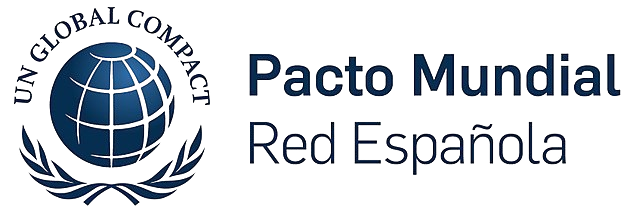








2030 Agenda
The 2030 Agenda is the action plan adopted by all 193 Member States of the United Nations in September 2015.
Blue economy
The blue economy promotes the sustainable use of marine resources to drive economic development, protect the environment, and foster social well-being, addressing challenges such as climate change and marine pollution.
COP (Conference of the Parties)
The COP (Conference of the Parties) is the supreme decision-making body established under the United Nations Framework Convention on Climate Change (UNFCCC).
Guiding businesses towards net-zero emissions through AI-driven solutions.
© 2025 Manglai. All rights reserved
Política de Privacidad